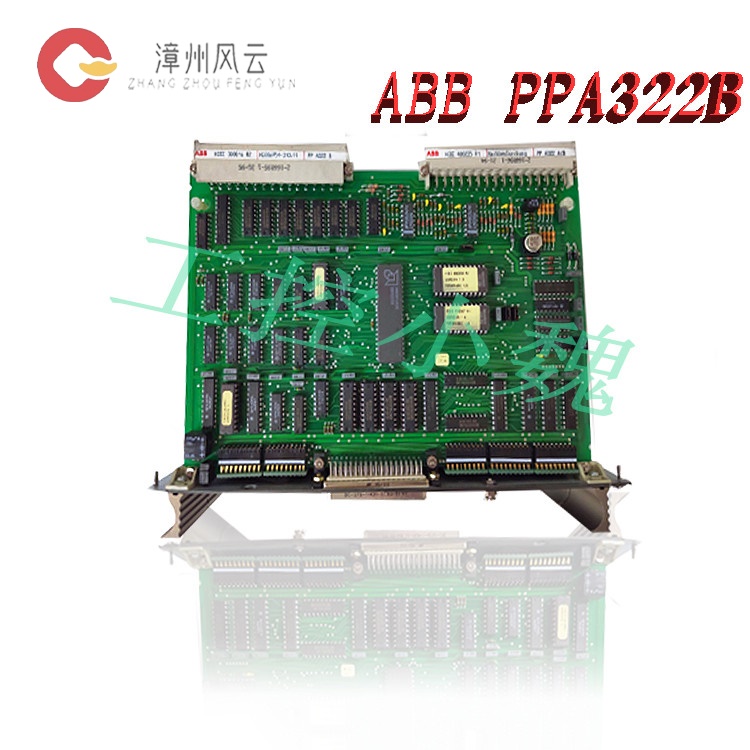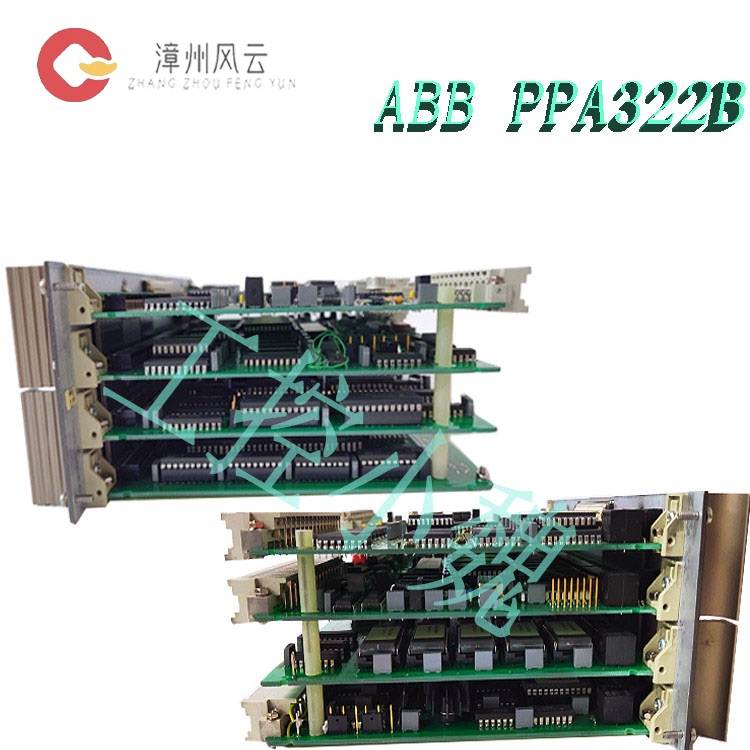
.jpg)
.jpg)

.jpg)
.jpg)
The ABB supports microsecond time resolution to ensure accurate capture and recording of event timing, provides edge triggering, level triggering, periodic triggering and other modes, and flexibly adapts to different signal types (such as switching quantity, analog quantity). With its high-precision timing, flexible triggering mode and reliable anti-interference performance, it has become a core component in the field of industrial automation.
Many products are not yet on the shelves. Please contact us for more products.
If the product model is inconsistent with the display picture, the model shall prevail. Please contact us for specific product pictures, and we will arrange to take photos in the warehouse for confirmation.
We have 76 shared warehouses around the world, so sometimes it may take several hours to accurately return to you, please understand. Of course, we will respond to your concerns as soon as possible.
Other names of
IMFECI2:
Event sequence time synchronization module IMFECI2
IMFECI2 analog module
Controller module IMFECI2
Product Overview and Technology Core
ABB IMFECI2 event sequence
timing module is a key component in the field of industrial automation. Its core
functions include event trigger capture, time stamp recording and real-time
communication with other automation equipment. .
Its core
functions include:
High-precision timing: supports microsecond time resolution, time accuracy ≤±1 microsecond, response time ≤10 microseconds, ensuring accurate capture of event timing.
Multi-trigger mode: supports edge trigger, level trigger, cycle trigger, etc., and flexibly adapts to different signal types.
Communication interface: integrated PROFIBUS, Modbus, Ethernet and other protocols, seamlessly connected to DCS, PLC and other control systems.
Environmental adaptability: industrial-grade design, working temperature -20℃ to +70℃, humidity ≤95% without condensation, protection level meets the requirements of complex electromagnetic environment.

Data storage and programmability: built-in non-volatile memory, record event timestamps, status information, support historical data tracing, support user-defined control logic, and implement complex event sequence processing strategies through programming.
Technical
features and advantages
High reliability:
Adopt high-quality electronic components and advanced production processes to ensure long-term stable operation in harsh industrial environments.
Electromagnetic compatibility (EMC) design, strong anti-electromagnetic interference ability, suitable for high-noise scenarios.
Programmable logic:
Built-in logic operation unit, support user-defined control logic, and implement complex event sequence processing strategies.
Data storage and tracing:
Built-in non-volatile memory, record event timestamps, status information, etc., support historical data tracing.

Modular design:
Support standard DIN rail or embedded installation, flexible adaptation to different industrial site requirements.
Application
scenarios and cases
Power monitoring system:
Record the time sequence of system events to provide data support for fault analysis and maintenance management.
Example: Power supply sequence for transformers, circuit breakers and other equipment in substations.
Process control system:
Petrochemical, pharmaceutical and other industries, to achieve real-time control, data acquisition and communication management.
Example: Manage the power supply of automation equipment in chemical workshops to improve production efficiency and safety.
Intelligent manufacturing:
In production line automation, robot control and other fields, ensure equipment coordinated scheduling and precise time synchronization.
Example: In robot control systems, achieve precise timing coordination of multi-axis motion.
Energy management:
In wind power and photovoltaic monitoring systems, optimize equipment operation strategies and improve energy utilization efficiency.
Transportation system:
Railway traffic signal control to ensure stable operation and time synchronization of signal equipment.
Example: In railway signal systems, record the timestamp of signal equipment status changes.
Industrial Automation System
Production line timing control, equipment coordination and scheduling, fault event recording.
For example: in the automobile assembly line, accurately control the operation rhythm of each workstation to improve production efficiency.
Manufacturing
Mechanical processing, assembly line rhythm control and efficiency optimization.
For example: monitor the machine tool processing cycle through the timing module to optimize the production process.
Power and Energy
Grid switch timing monitoring, power generation equipment status recording.
For example: in the substation, record the circuit breaker opening and closing time to ensure the stable operation of the power grid.
Petrochemical
Time tracking and safety control of key events in the process.
For example: monitor the temperature and pressure changes of the reactor to ensure process safety.
Transportation and Infrastructure
Time synchronization in railway signal systems and tunnel ventilation control.
For example: in the high-speed rail signal system, ensure the precise control of the train route timing.
Environmental Monitoring
Time logic management of sewage treatment and exhaust gas treatment equipment.
For example: control the start and stop time of sewage pumps to optimize processing efficiency.
Future development trends
With the advancement of Industry 4.0 and intelligent manufacturing, event sequence timing modules such as IMFECI2 will develop in the following directions:
Intelligent upgrade
Integrate AI algorithms to achieve predictive maintenance and adaptive control.
For example: through historical data learning, early warning of equipment failure.
.jpg)
Networked collaboration
Support Internet of Things (IoT) protocols to achieve cross-device and cross-system timing collaboration.
For example: in smart factories, link with MES systems to optimize production scheduling.
Green design
Comply with RoHS standards, adopt low-power design, and help achieve carbon neutrality goals.
For example: optimize power management circuits to reduce standby power consumption.
Summary
ABB IMFECI2 event sequence timing module has become a key component in the field of industrial automation with its high precision, high reliability and flexibility. When selecting, users should combine specific application scenarios, weigh technical parameters, costs and supplier services to achieve the best system match. With the development of industrial intelligence, IIMFECI2will continue to evolve and provide more accurate and efficient timing control solutions for complex industrial systems.
All products on this website are special
products, and the market prices have been fluctuating.
Specific quotation from customer service shall prevail, because the product is a new product and the price is not real.
Please confirm the model, product, price and other detailed information with customer service before placing an order. The website has been used.
New ones are on sale, please contact customer service for communication.
Related
product recommendations:
3BSE013177R1 LDGRB-01
ABB INICT01
ABB INIIT03
ABB INIT03
3BHB005243R0117 KUC755AE117
3BHB000652R0101 KUC720AE101
3BHB003431R0101 KUC720AE101
3BHB005243R0105 KUC755AE105
3BHB004661R0101 KUC711AE
ABB 3BHE022455R1101
3BHE022455R1101 KSD211B
IW93-2 HESG440356R1
HESG216678/B IW93-2
HESG216678/B ITU805
HESG440310R2 IT94-3
ABB INSUMMCU2
ABB MCU2A02V24
More...
Address
Room 205, Office Building, No.1 Chaoyang North Road, Longwen District, Zhangzhou City, Fujian Province
fengyunfadacai@qq.com
Sales consultant
Miss.Green
+86 15860249102
